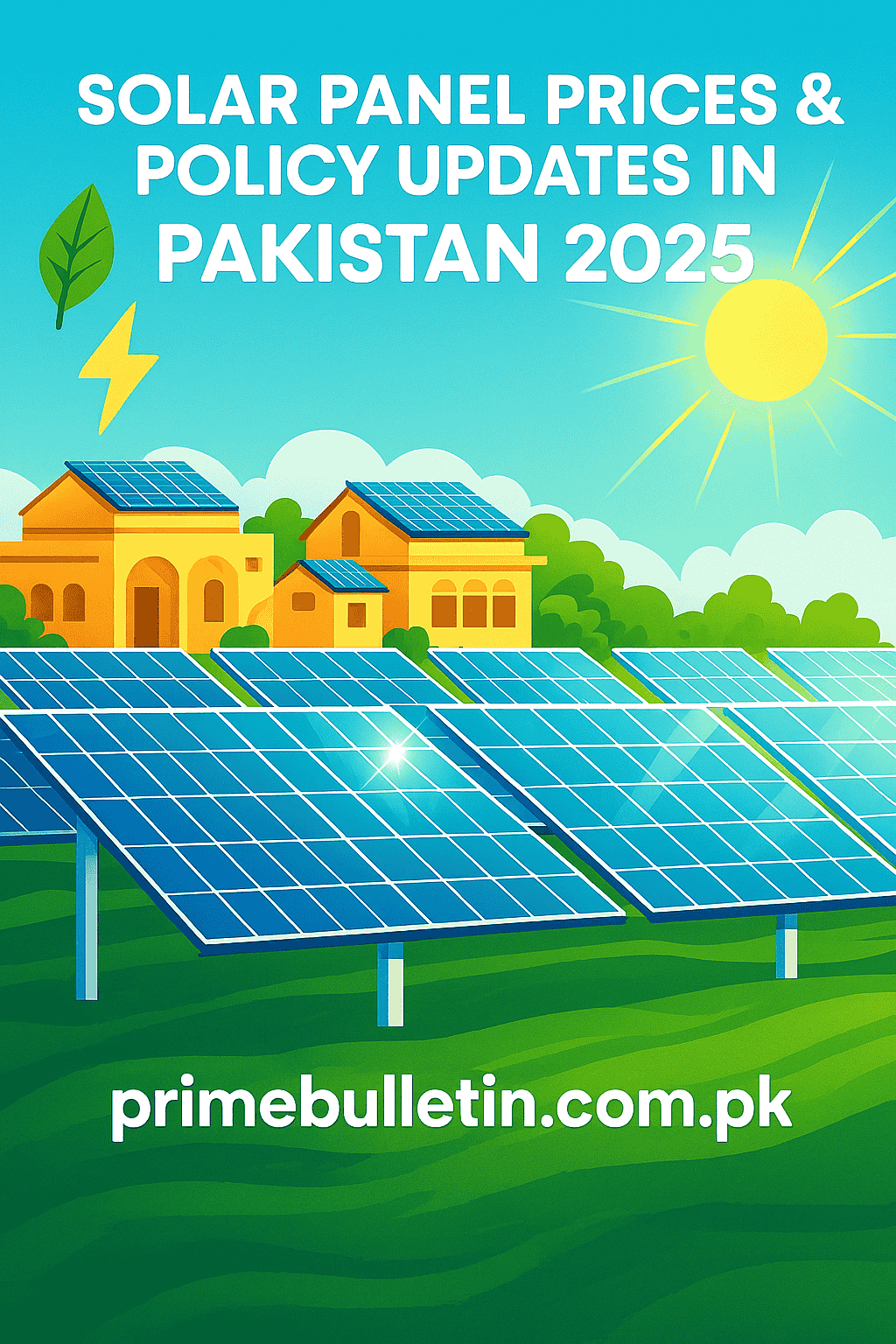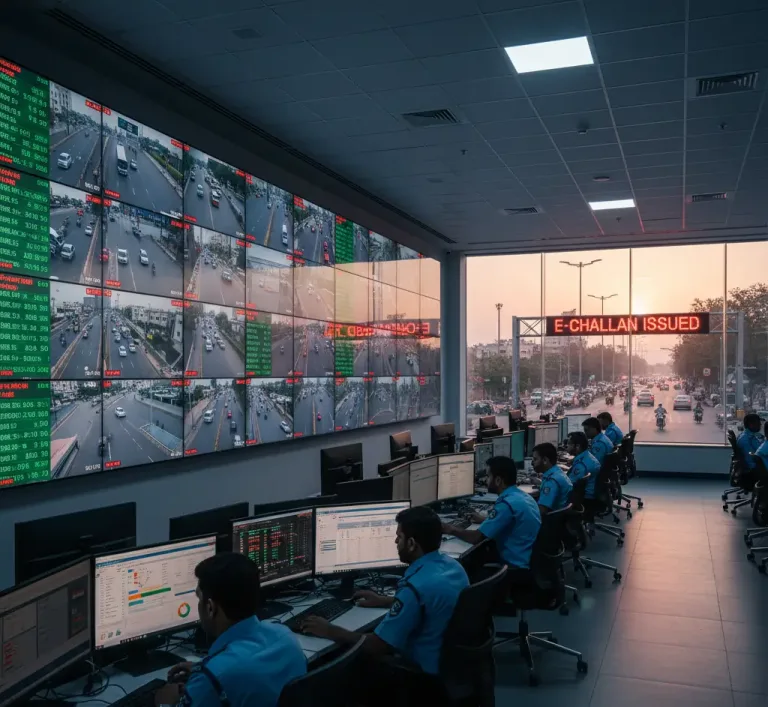
Introduction
Pakistan’s solar energy sector in 2025 is undergoing major transformations. With new government policies, fluctuating prices, and the launch of multiple large-scale projects, the solar industry is becoming a key player in shaping the country’s clean energy future. This article covers the latest updates on solar panel prices, policies, and upcoming projects in Pakistan.
Solar Panel Prices in Pakistan 2025
In 2025, the cost of solar panels in Pakistan has fluctuated due to new tax policies and changes in global market trends. The following are the average prices for different system sizes:
3 kW – Rs. 350,000 – 400,000 (Suitable for small homes, shops)
5 kW – Rs. 500,000 – 550,000 (Ideal for medium homes, offices)
7 kW – Rs. 750,000 – 800,000 (For large homes, commercial use)
10 kW – Rs. 1,050,000 – 1,150,000 (For villas, small industries)
20 kW – Rs. 2,100,000 – 2,300,000 (Factories, large businesses)
💡 Note: Prices may vary depending on panel quality (Tier-1 Chinese vs. local brands), inverter selection, and installation charges.
Net Metering Policy Updates
The Government of Pakistan has introduced revisions to the net metering system, directly impacting solar users. The buyback rate for surplus electricity has dropped from Rs. 27 per unit to Rs. 10 per unit. Additionally, the shift from net metering to net billing means that consumers will now receive monthly cash payments for excess energy instead of bill adjustments.
While this reduces returns for households, the government argues that it helps balance the national grid and reduces pressure on power companies.
New Solar Power Projects in Pakistan
Despite policy changes, large-scale solar projects are being launched across the country. NEPRA has approved 270 MW projects in Sindh, including a 150 MW plant in Deh Mithagarh and a 120 MW plant in Deh Halkani.
Meanwhile, a 2,800 MW mega project is underway in Jhang and Muzaffargarh in collaboration with Saudi company ACWA Power.
Additionally, the Sindh government has already solarized 97 government buildings and plans to expand this to 300 more. Solar home kits are also being distributed to low-income households.
Solar Energy’s Growing Role in Pakistan
Solar adoption is rising rapidly. In early 2025, solar farms provided more than 25% of Pakistan’s electricity in certain months. Imports of solar panels, mainly from China, continue to grow, helping both residential and industrial sectors cut costs and reduce dependence on imported fuels.
For businesses, solar has become a cost-saving solution, while households benefit from reduced load-shedding and long-term savings on energy bills.
Frequently Asked Questions (FAQs)
1. Is solar energy worth it in Pakistan in 2025?
Yes ✅. Even with lower buyback rates, solar still reduces bills and provides long-term savings.
2. How long does a 5 kW system last?
On average, 20–25 years, with inverter replacement needed after 8–10 years.
3. How much electricity does a 5 kW system generate?
Between 600–750 units per month, depending on sunlight conditions.
4. Can a 5 kW system run ACs?
Yes. It can run 2–3 inverter AC units along with household appliances.
5. What is the payback period for solar systems in Pakistan?
Currently, around 3–5 years for homes and 2–3 years for businesses, depending on usage and tariff rates.
Final Thoughts
Pakistan’s solar sector is expanding rapidly despite challenges like new tax structures and reduced buyback rates. With large-scale projects, foreign investments, and government initiatives, the country is steadily moving toward a cleaner and more reliable energy future.
For both homeowners and businesses, investing in solar energy remains a smart long-term decision that not only saves costs but also contributes to sustainability.







